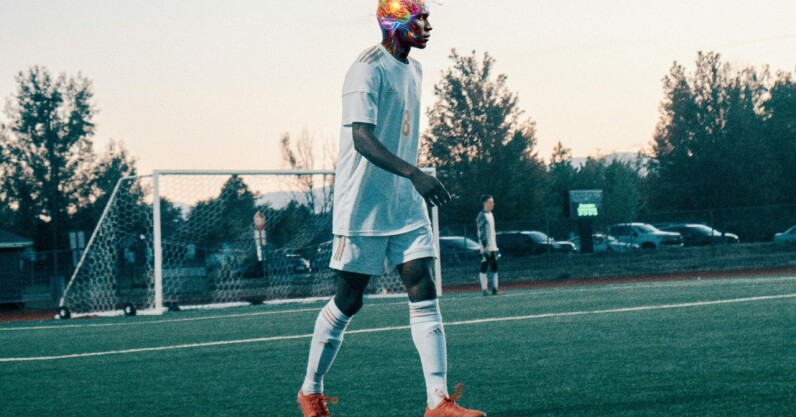On a cold winter’s night in London, Arsenal captain Martin Odegaard stood alone on the pitch. As football fans flocked into the 60,000-seat stadium, his teammates warmed up for the match by blasting shots against the goal. Odegaard had another plan. The 25-year-old wandered into a deserted patch of grass and began his routine.
Suddenly, one training staff passed the ball towards his feet while another closed him down from behind. In response, Odegaard quickly glanced over his shoulder, checked where the defender was, and turned the other way.
That was it: check, the shoulder, took a touch. Again and again, he repeated the routine. There was no pass, shot, or trick. It was all about that glance.
They call the technique “scanning.” Odegaard is a master of the craft. In a single game last March, the midfield maestro registered 493 scans — a number experts called “insanely high.” Yet there was a time when he couldn’t manage even one.

The <3 of EU tech
The latest rumblings from the EU tech scene, a story from our wise ol’ founder Boris, and some questionable AI art. It’s free, every week, in your inbox. Sign up now!
It was 2018, and the Norwegian starlet had broken a bone in his foot. His football was over for the season. So, it seemed, was his scanning. Until he entered virtual reality.
Odegaard was introduced to the tech by a compatriot. An Oslo-based startup called Be Your Best had developed VR software that generates scanning simulations based on real football matches.
The concept tapped into an emerging phenomenon in sports tech: brain training.
“That’s a skill. And it’s going to become more and more important.
With his body incapacitated, Odegaard welcomed the workout for his mind. After strapping on a headset, he entered the first-person perspective of a player on a pitch. With haptic controllers in his hands, he directed his avatar as the match progressed.
As he played, performance metrics tracked three aspects of his scanning: the scan rate (his frequency of scans), scan timing (when he made crucial glances) and critical scans (his last look before receiving the ball). Additional measures assessed his situational awareness and decision-making.
Research suggests it works. One study found that players who train with Be Your Best (BYB) improve their scan frequency and forward passing — the principal route to goals. It’s also surprisingly fun, as I found out for myself.
It’s an approach that Wenger supports.
“The problem in football is that you learn how to play [the wrong] way round — first execution, then decision making and perception last,” he said in 2019.
“I have lost many top players because their head was on the ball and they were not seeing what was around them… Once a circuit is printed in their brain, we managers find it extremely difficult to change that.”
Changing that circuit is particularly difficult for European clubs. Across the continent, football training methods are deeply entrenched and new ideas met with scepticism. In the US, cognitive training tech is more readily accepted.
It’s a cultural divide that’s impacted BYB’s business. Currently, the company’s biggest market is the US, which accounts for about 50% of customers.
Still, there are signs that European attitudes are changing. Football is now a global business in a digital era. With split-second decisions winning matches – and millions of euros – the allure of cognitive skills is becoming irresistible.
This story is part of a new TNW monthly series on sports tech.



